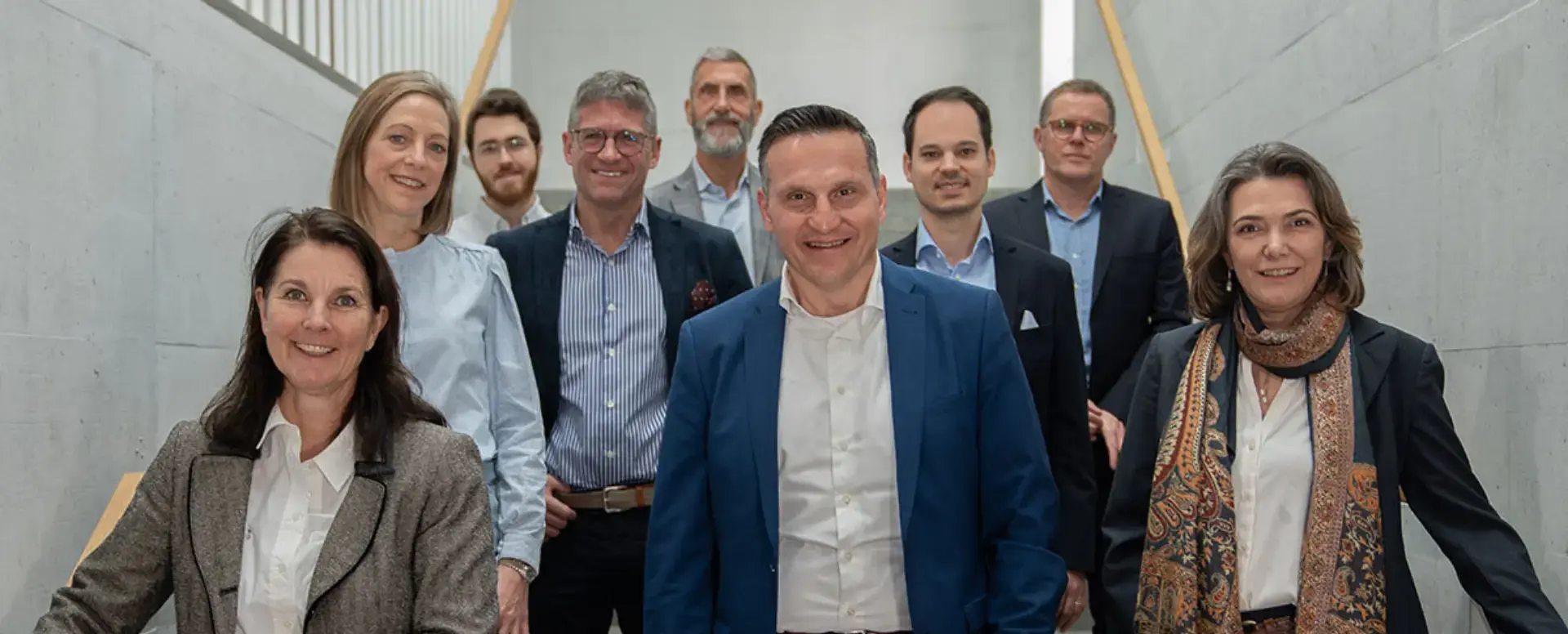Workforce transformation is a complex, often unsettling process – especially for multinationals – with cultural, regulatory or operational upheaval. In this post, we look at some key dos and don’ts to help you successfully navigate these complexities and deliver a positive outcome for both your people and your organisation.
Understanding Workforce Transformation
Workforce transformation involves rethinking and reshaping how an organisation’s workforce operates. This includes adopting new technologies, redefining roles, and developing new skills to meet the demands of a dynamic market.
The Don’ts
1. Don’t underestimate the complexity of regional differences
Running a workforce transformation project from one location is just asking for trouble. The only way to successfully navigate this complexity is to engage with a partner that has local experts ‘on the ground’ in each country where you are running your transformation. This will ensure your programme complies with all relevant laws and regulations, avoiding legal complications and penalties.
The other aspect to be mindful of is the different cultural dynamics within your organisation. A considered approach here will help build respect and buy in from all your stakeholders.
2. Don’t neglect the human element
Transformation is not just about processes and technology; it’s about people. Recognise the emotional impact of change and provide support through counselling and engagement initiatives. If your programme includes outplacement, work with a provider that delivers a human 1-2-1 service, that delivers genuine value to your outgoing employees.
3. Don’t stop after implementation
You’ve taken the time to plan and execute a successful programme meticulously. Now what? Workforce transformation is an ongoing process. Continually assess and refine your strategies to ensure they remain relevant and effective. Post-implementation support and guidance should be provided by your partner and can help contribute to long-term success and growth.
The DOs
1. Engage stakeholders early and often
Engaging stakeholders from the outset ensures their perspectives are considered, and their buy-in is secured. Your workforce transformation strategy should align with the overall business objectives and should be communicated clearly.
2. Invest in training and development
Equipping stakeholders with the necessary skills to manage their team through the change is essential for success. This is a new journey for everyone and training can help your employees feel more in control of their part in the process. It might also be necessary to train employees that have moved job function and need help adapting to new responsibilities. Continuous training and development programs have the added benefit of boosting morale, and they help maintain company culture.
3. Make use of data
Collecting and analysing skills data gives you a clear view of your workforce landscape and can help speed up decision making during your transformation programme. Talent management platforms are a great tool to gather and analyse your talent data, and provide valuable insights into employee performance, skill gaps, and workforce potential.
4. Be transparent and open
Open and transparent communication throughout is key to keeping stakeholders happy. Consider having a permanent advisory desk in each office where employees can go with any questions. Importantly, address any concerns promptly and communicate back the outcome because this will help you build trust and maintain morale during the transition.
And most importantly…
5. Work with a partner that aligns with your values
Potential partners should be evaluated not only on their technical expertise and experience, but also on their commitment to your organisational values and cultural nuances. A partner who understands and respects your company culture will be more effective in driving change that resonates with your workforce and supports your long-term objectives.
If you’re considering a new partner for your workforce transformation programme, Global Talent Hub is the ideal choice. With our local experts and people-first approach, we prioritise a smooth and effective transformation, helping your organisation and employees thrive.
Contact us today to find out how we can help






